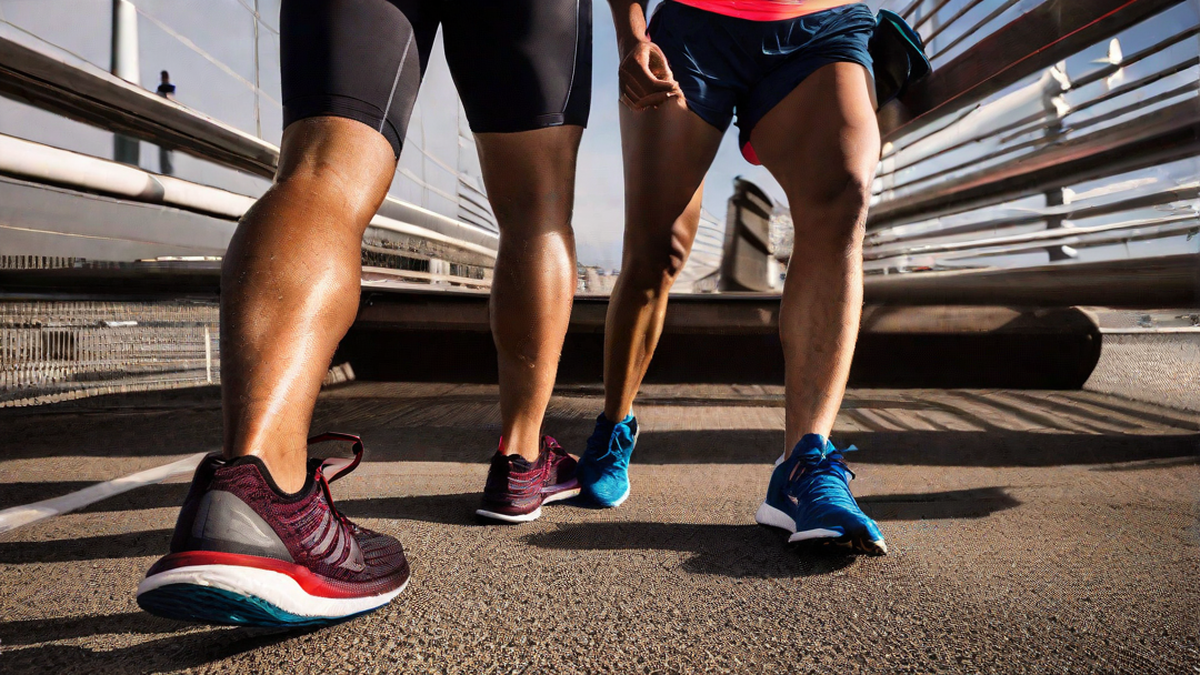I have always been a passionate runner, hitting the pavement every morning to get my dose of endorphins and clear my mind. And just like any runner, I know the importance of having the right pair of running shoes. They can make or break your running experience, and one common dilemma many runners face is figuring out if their running shoes are too big.
Let me start by saying that wearing running shoes that are too big can have detrimental effects on your running performance and overall foot health. When your shoes are too big, your feet are not properly supported and stabilized, leading to an increased risk of injuries such as blisters, black toenails, and even stress fractures. So, it’s crucial to ensure that your running shoes fit you perfectly.
Signs that your running shoes are too big:
1. Slipping and Sliding: If your feet slide inside your shoes while running, it’s a clear indicator that your shoes are too big. This constant movement can cause friction and result in painful blisters. Your shoes should provide a snug fit, holding your feet securely in place.
2. Toe Space: While it’s important to have some room for your toes to wiggle, excessively large toe space is a sign that your shoes are too big. Your toes should have a little room to move, but not so much that they have the freedom to slide forward and hit the front of the shoe with each stride.
3. Lack of Support: If you feel like your shoes are not providing adequate support to your arches and heels, they might be too big. The right size shoe should cradle your foot, providing stability and preventing unnecessary movement, especially in your midfoot area.
4. Uneven Wear: Take a look at the outsole of your running shoes. If you notice excessive wear on the sides or the heel but minimal wear in the middle, it’s a sign that your shoes are too big. When your shoes are too big, your feet tend to slide, causing uneven pressure distribution.
How to determine your correct shoe size:
Now that you know the signs of shoes being too big let’s focus on finding the perfect fit. Here are a few tips:
1. Measure, Measure, Measure: Go to a trusted shoe store and get your feet measured by a professional. Our feet can change in size over time, so it’s important to get an accurate measurement. Don’t rely on the size you’ve always worn as different brands may have different sizing standards.
2. Try Before You Buy: When trying on running shoes, wear the same type of socks you’ll wear during your runs. Lace the shoes up properly and walk around to get a sense of how they feel. Make sure you have adequate space in the toe box, but not too much. Your heel should be snug, and there shouldn’t be any slipping or sliding.
Conclusion:
Finding the right fit for your running shoes is essential for your running performance and foot health. Wearing shoes that are too big can lead to discomfort, injuries, and a less enjoyable running experience. So, take the time to find the perfect fit, get your feet measured, and choose a shoe that provides the necessary support and stability. Remember, your running shoes should feel like an extension of your feet, not something you have to constantly adjust or worry about during your runs.

